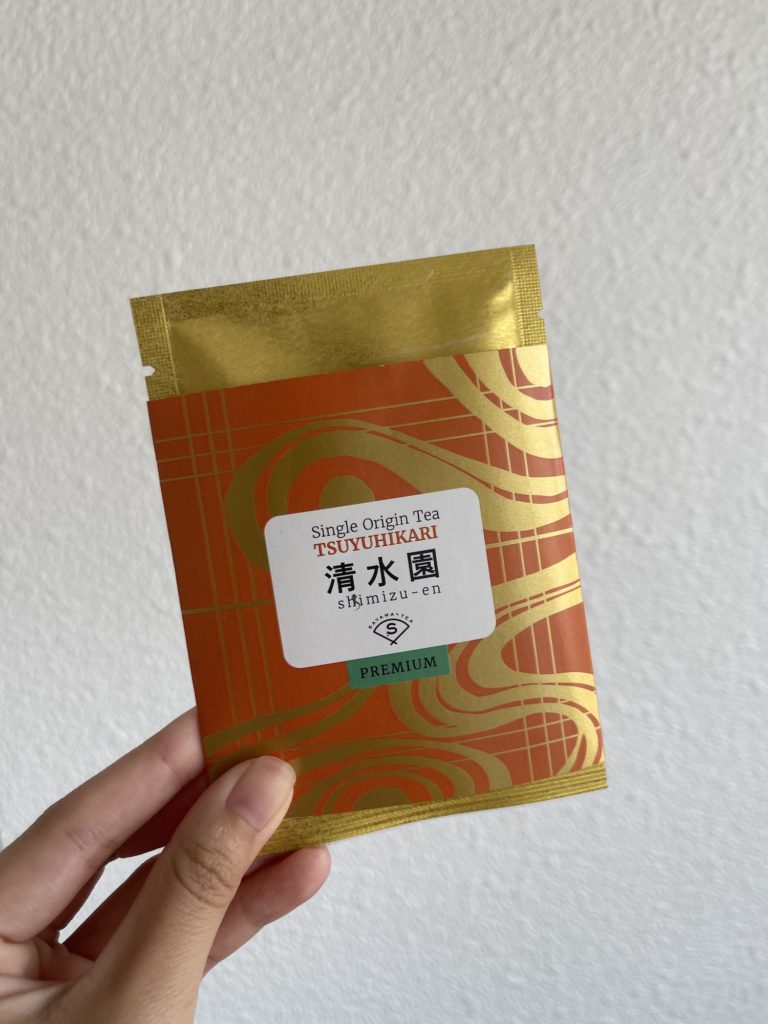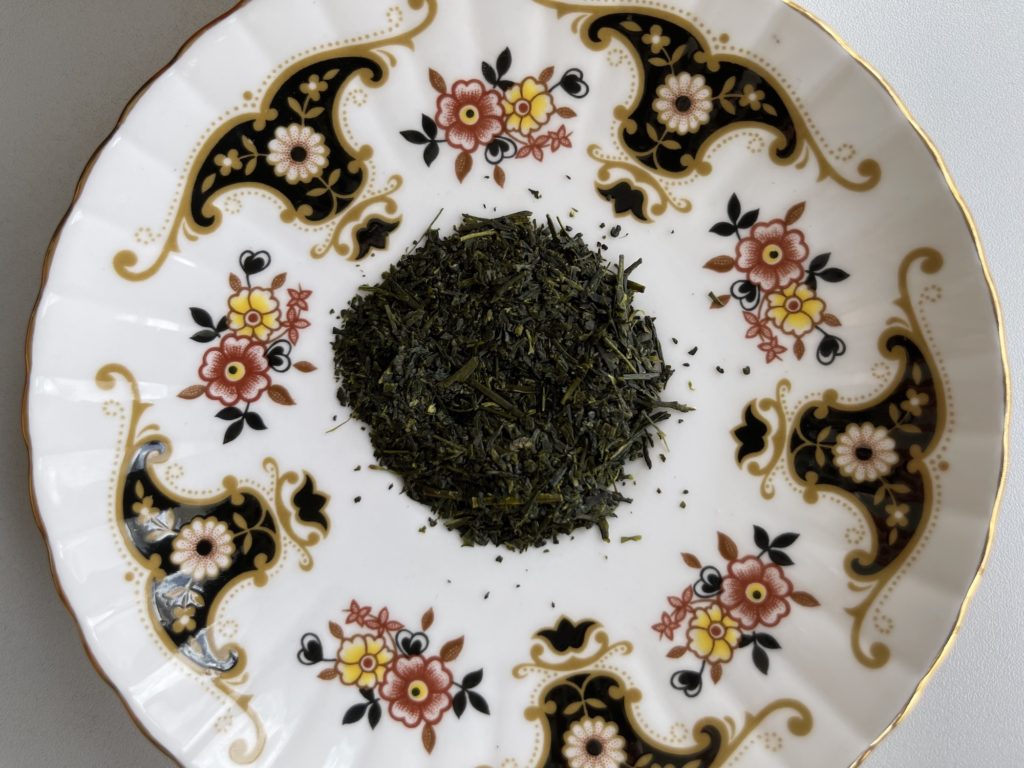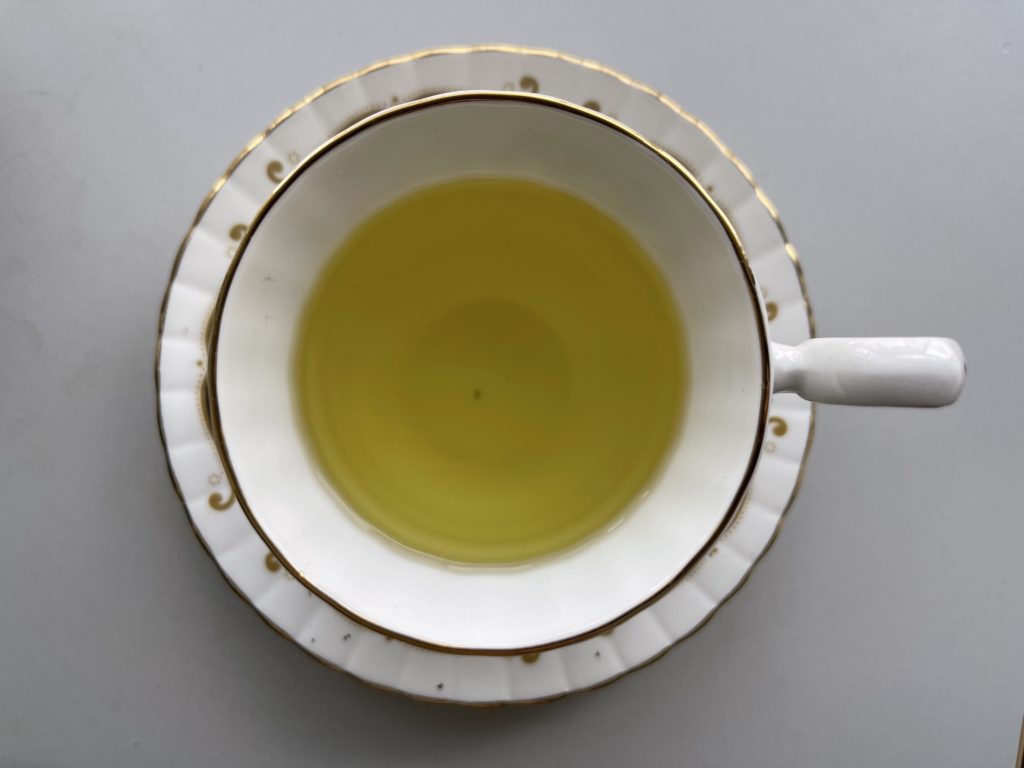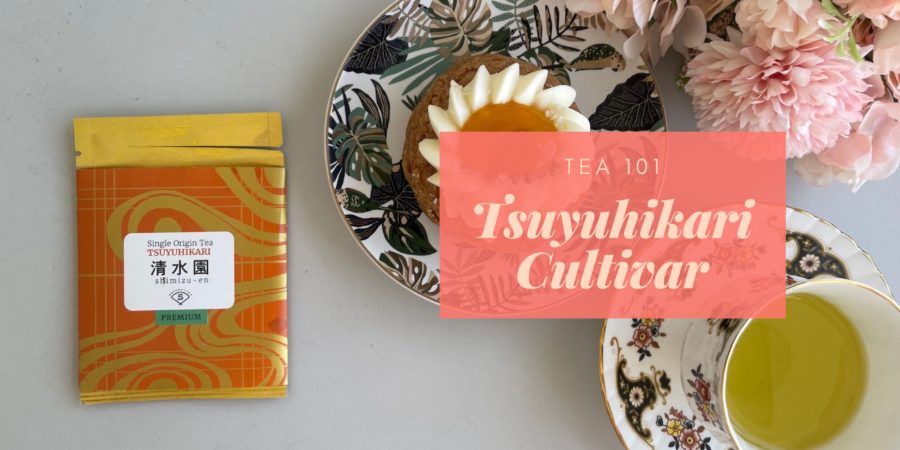Hello friends! This is the last post in the tea 101 series for a while, and I’m excited to share a cultivar that’s completely new to me – the Tsuyuhikari (つゆひかり)!
What is the Tsuyuhikari cultivar?

The Tsuyuhikar was created by the Shizuoka Tea Experiment Station (静岡県茶業試験場) in 1970 by crossing Shizu7132 (静7132) as the seed parent and Asatsuyu as the pollen parent. It was tested around the region between 1991 and 1997 and was found to be a cultivar suited for making sencha. Thus, it was given the name “tsuyuhikari” and introduced as a recommended cultivar in 2001.
Looking at the cultivar characteristics, tsuyuhikar buds about one day earlier than the yabukita and is harvested about two days earlier, making it a somewaht early-harvest cultivar. Compared to the yabukita, it’s stronger against needle blight disease (赤枯れ) and is also strong against anthrax disease (炭疽病).
On an unrelated note, it occurs to me that needle blight and anthrax may be pretty big problems in tea given how often information about cultivars includes information about the plants resistence to these diseases.
Finally, this cultivar has a distinctive scent and bright tea liquor, which means that the steaming process is something that should be further studied to find the optimal level.
Tasting Notes


I really wish I could have more tea sessions with this cultivar! I feel like I barely scratched the surface but in general:
- I found the dry leaves had a unique scent – it reminded me of a herbal note but I’m not too sure
- The tea liquor was green with sweet and somewhat floral notes. There is some umami, but it isn’t very strong.
- There was one time where I forgot to take out the tea leaves and steeped the tea for at least five minutes. I was very surprised to find that there was no bitter note – instead, I got a strong vegetal note and a milder floral note from the tea!
I managed to push these leaves to five steeps, but I think the first three steeps were the best for me. Generally, the notes in this tea were stable throughout individual steeps.
Conclusion & Sources
I only had 10g of this tea to play with, so please consider this post a mini-review! If I have the chance, I would love to be able to drink more of this tea to see if my impressions of the tea change.
This also marks the temporary end of the tea 101 series for sencha – I do have some interesting tea samples coming up, but I also need to finish some open teas first so just keep an eye out for the next post! In the meantime, if you have any questions about tea, let me know and I will try to answer them.
Sources for today’s posts are both in Japanese and they are:

Oooooh the results of the extra long seep are very interesting!
At least I know I can forget about it and still drink the tea!